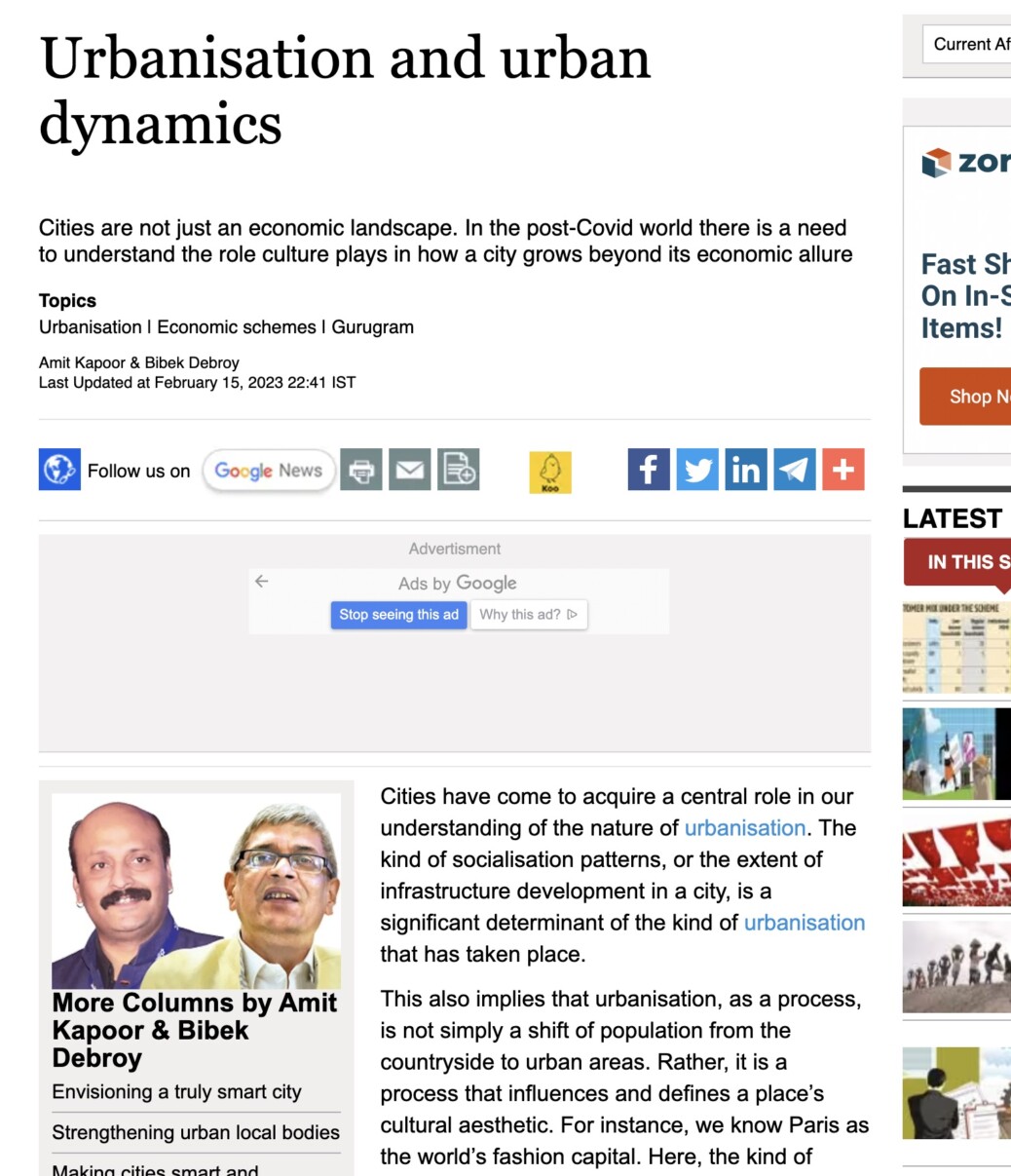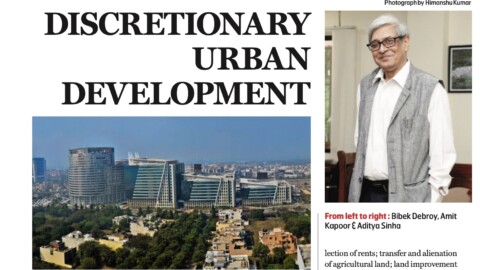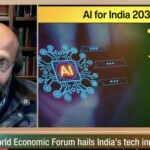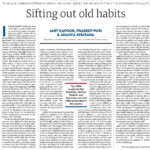Notes on Urban Prosperity
Any study on urbanisation and prosperity takes a strategic direction to approach its increasing role in overall sustainable development. Urbanisation is one of the most important global trends of the twenty-first century as cities rapidly grow as a habitat for humanity. At the same time, urbanisation is more than just a population trend. It is a more expansive force that might be able to assist the world in overcoming some of its most pressing problems, including climate change, sustainable development, and the global social agenda, if steered properly. Undoubtedly, cities have become the focal point of change and growth. They have been able to create new connections between stakeholders and provide creative solutions giving impetus to actions that affect national agendas as well as regional and global development. Yet, the likelihood of promoting long-term sustainable urban prosperity is reduced by inadequate planning, the absence of efficient governance and legal frameworks, unstable institutions, the limited ability of local authorities, and the lack of a reliable monitoring mechanism.
Even when cities account for more than 80% of global GDP, the focus has shifted to looking at growth measures beyond GDP. Even the predictable economic benefits of urbanisation that calculate prosperity through factors like economies of location (the value of land and assets rises when they are close to urban services and infrastructure) and economies of efficiency (as urbanisation in an area increases and economic activities expand, they also become increasingly specialised and efficient) cannot guarantee prosperity if the gains of urbanisation and value generated are not redistributed among citizens equitably. In this aspect, factors like productivity, environmental performance, social equality, ease of living and quality of life take precedence in assessing the benefits of urbanisation.
The World Cities Report – Envisaging the Future of Cities by UN-Habitat, also posits that a vision of equitable “urban futures” cannot be realised if we do not take inclusive and decisive actions towards sustainable solutions for urban challenges. Further, looking at urban prosperity in sync with sustainable agendas and beyond GDP measures also requires guided attention towards making urban spaces more resilient. This calls for acknowledging that many components of the global sustainable development agenda must be integrally linked in order to establish resilience for sustainable urban development. The New Urban Agenda, the Sendai Framework for Disaster Risk Reduction, the Addis Ababa Action Agenda, and the Paris Agreement on Climate Change are among them. Second, creating urban resilience is a multifaceted, multistakeholder process that necessitates a clear deviation from prior directions. Such an approach calls for more intensive actions, as improving things simply on the same lines as before will only serve to further injustice and inequality.
Linking urban prosperity with resilience is particularly more important in the backdrop of the Covid-19 pandemic. Therefore, in order to realise the positive vision of urban futures, ambition must be scaled up to move from subtle urban transitions to significant urban transformations, as well as to close the gap between bold city visions and action plans to reach the goals. However, understanding, quantifying, and operationalising urban resilience gaps and policies in relation to the proper administration is also crucial from a practical standpoint. These need to be addressed by the various local government units. In terms of measurements, the parameters of the City Resilience Index (CRI) come in handy. The CRI was created with the intention that all member cities will adopt and use it as a tool to track changes in overall resilience over time.
In addition, a more hopeful view of the post-pandemic and climate-resilient world, which aims to support local governments in reaching, calls for a different balance and structure of urban economic activity, one that is increasingly fueled by renewable energy, circular economic activity, and green employment. Accordingly, increased productivity should be seen not merely in traditional terms but also as a crucial element of overall urban sustainability. The various forms of capital—natural, sociocultural, human, economic, and physical—are included in a contemporary conceptual framework for urban productivity. These capitals should be handled through systemic thinking in the direction of fairness, justice, co-production, governance, and regeneration. The Covid-19 pandemic is a turning moment that underscores the necessity of embracing the circular economy as a different framework for resilient and sustainable urban futures, with the potential to unlock substantial social, economic, and environmental advantages.
The risk of disaster is rising in towns and cities due to growing urbanisation and population concentration. In addition, numerous recent studies have shown that urban planning and design in developed and developing countries have generally followed a very repetitive and similar model of urbanisation over the past 50 years. While this model has shown good economic performance, it has not adequately addressed the social challenges of equity and cohesion or the global environmental challenge. Rapid urbanisation in emerging nations has led to unchecked peri-urbanisation, mostly informal. This has led to the development of sprawling urban areas, many of which take the form of megacities, hyper cities, large metropolitan regions, and urban corridors that are inefficient in terms of energy use, unsustainable in terms of the environment, and ultimately inefficient in terms of the economy. It is evident that this urbanisation model is neither sustainable nor appropriate for promoting economic and social progress. Therefore, a newer vision of urban prosperity – one that goes beyond GDP – must address pillars of sustainable development by promoting the economic role of cities in national development and recognising the economic opportunities they offer, focusing on the basic needs of the millions of people living in poverty in towns and cities, including in urban slums, and finally addressing global environmental challenges like climate change, unsustainable energy consumption, and water scarcity ensuring ease of living for its people.
The article was published with Business Standard on March 15, 2023
























